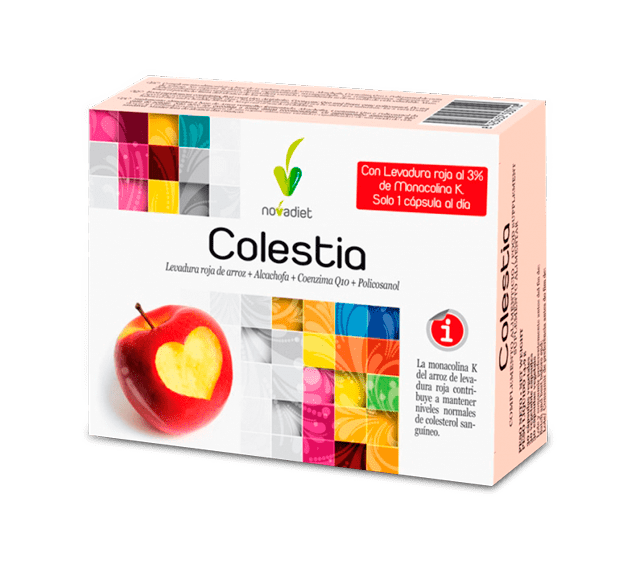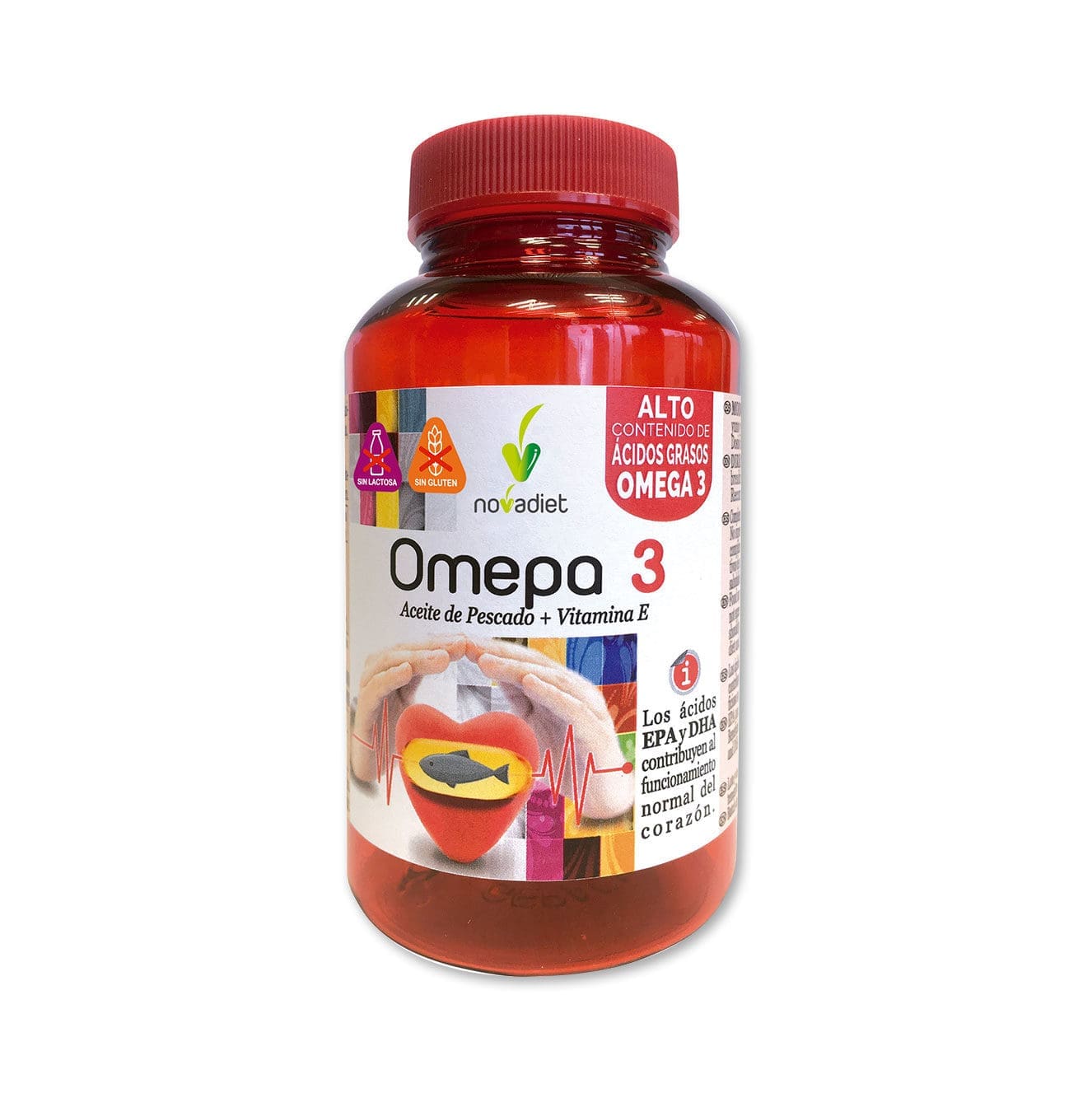This website uses cookies so that we can provide you with the best user experience possible. Cookie information is stored in your browser and performs functions such as recognising you when you return to our website and helping our team to understand which sections of the website you find most interesting and useful.

Because all the ingredients of Colestia work in synergy with one another.
Policosanol

COENZYME Q10

ARTICHOKES

WHY SHOULD WE CONTROL OUR CHOLESTEROL?
Cholesterol performs vital functions in your body. However, when blood cholesterol levels are high, you run the risk of accumulating it, forming atherosclerotic plaques in the arteries that can lead to serious consequences for your health.
WHERE DOES CHOLESTEROL COME FROM?
The contribution of cholesterol to the body comes from two sources:
- your diet
- the synthesis of cholesterol in your liver.
The greatest amount comes from the liver, but it is in the contribution of your diet that you can more easily act by changing your eating habits.
IS THERE A "BAD" CHOLESTEROL AND ANOTHER "GOOD"?
We talk about “good” cholesterol and “bad” cholesterol. High values of HDL-cholesterol (good cholesterol) reduce the risk of atherosclerotic plaque formation, while high levels of LDL-cholesterol (bad cholesterol) increase that risk.
Therefore, the goal is to lower LDL-cholesterol and increase HDL-cholesterol levels.
WHAT ARE THOSE NORMAL CHOLESTEROL LEVELS?
These are the figures currently recommended:
- Total cholesterol < 200 mg/dl
- LDL-cholesterol < 160 mg/dl
- HDL-cholesterol > 40 mg/dl
WHY IS RED RICE YEAST INTERESTING?
In 1979, a component made by the red yeast of rice was isolated in Japan that was called monacolin K that was able to reduce the synthesis of cholesterol at the level of the liver. Subsequently, in 2011 the European Food Safety Authority (EFSA) issued a favourable scientific opinion on the consumption of monacolin K from this yeast (Monascus purpureus), which demonstrates a cause-effect relationship between consumption of 10 mg per day of monacolin K and maintaining normal concentrations of cholesterol in blood.









